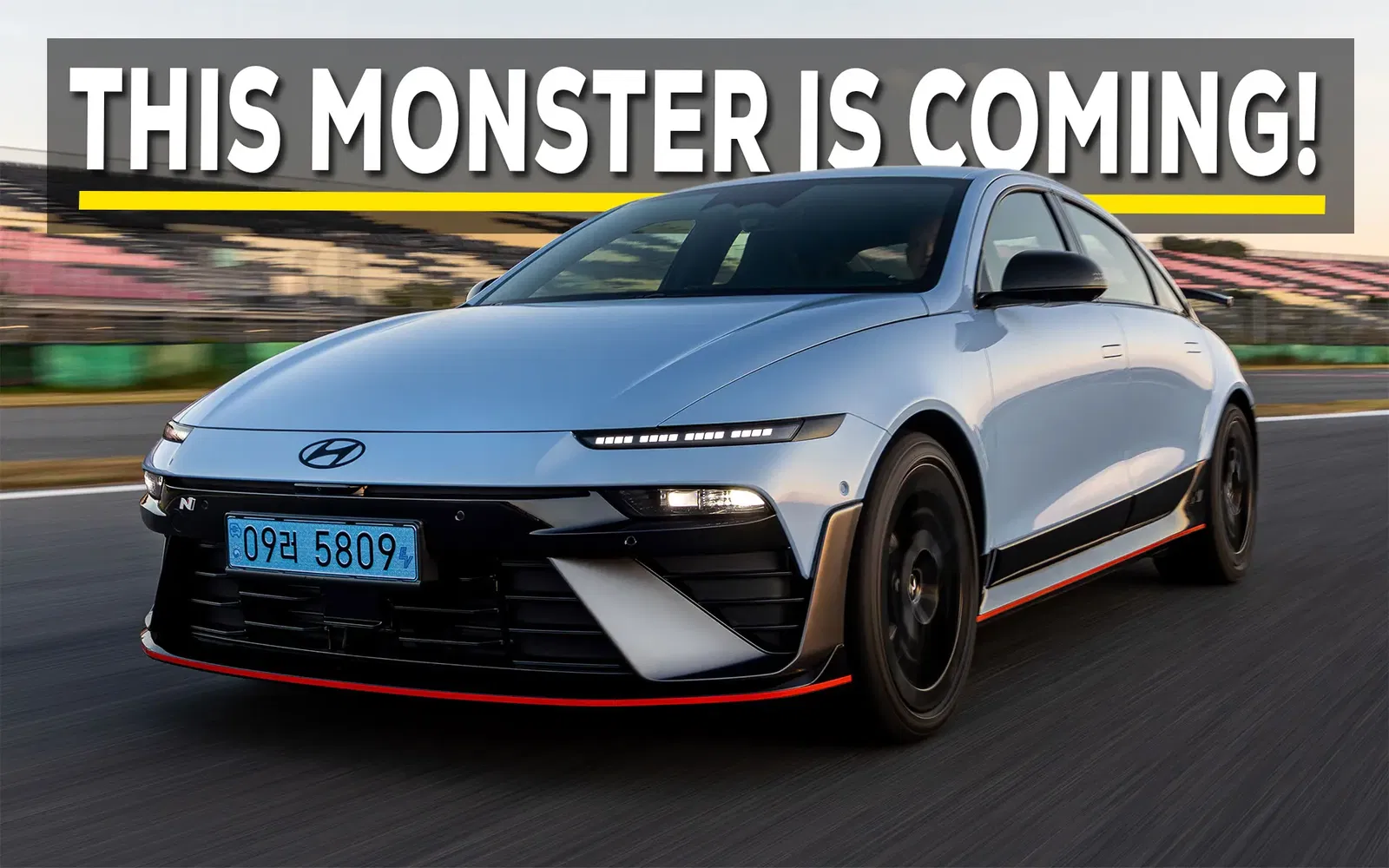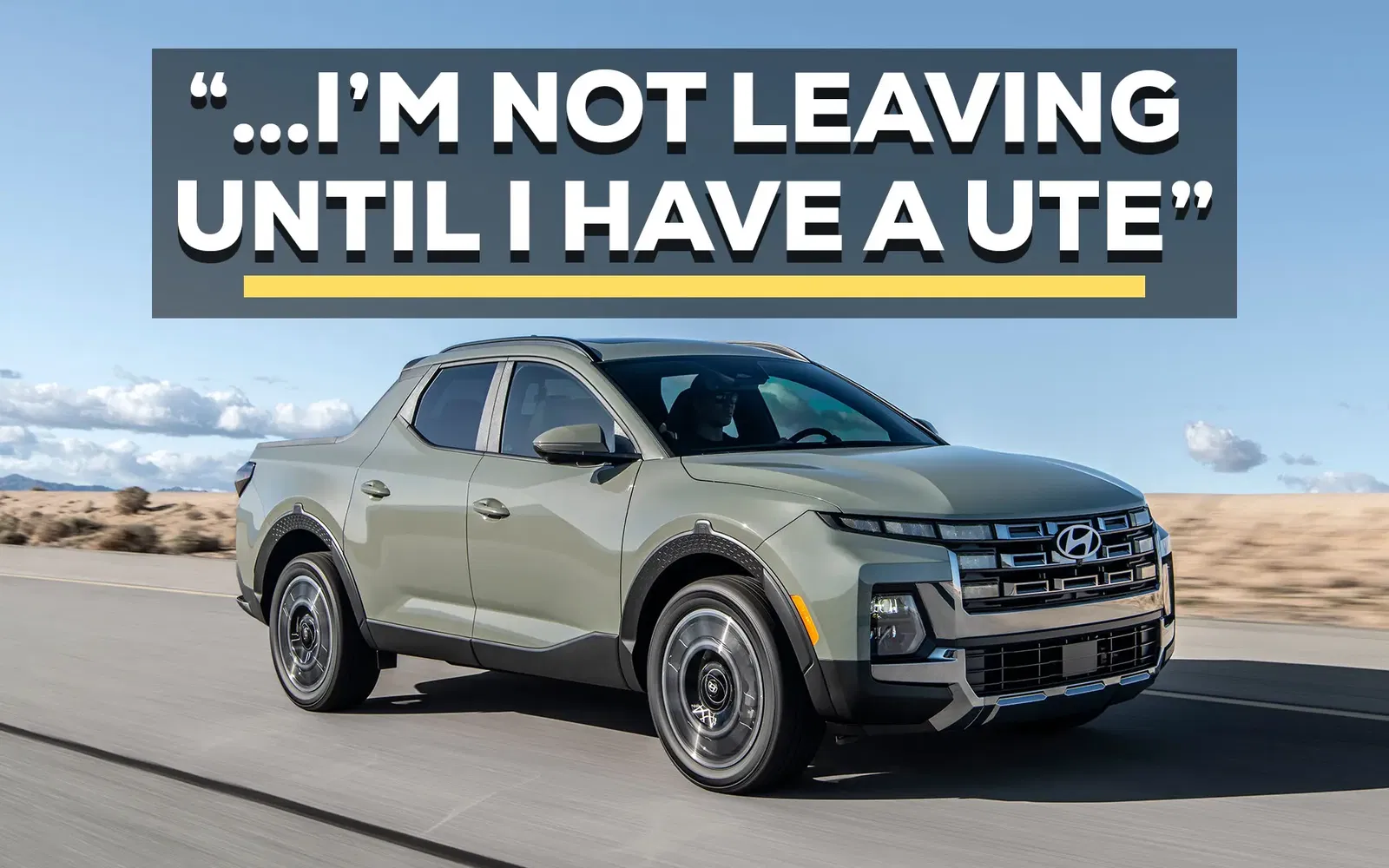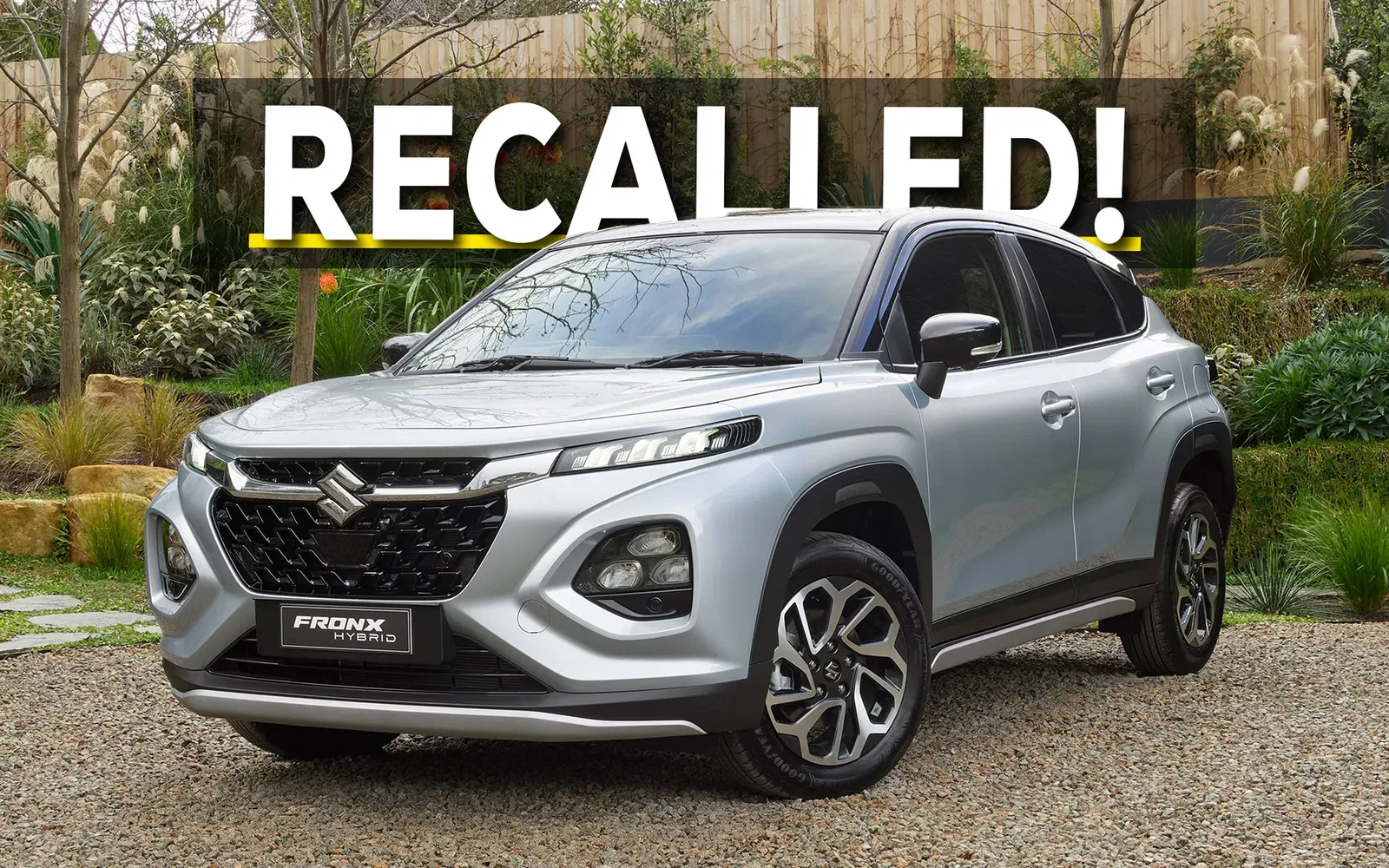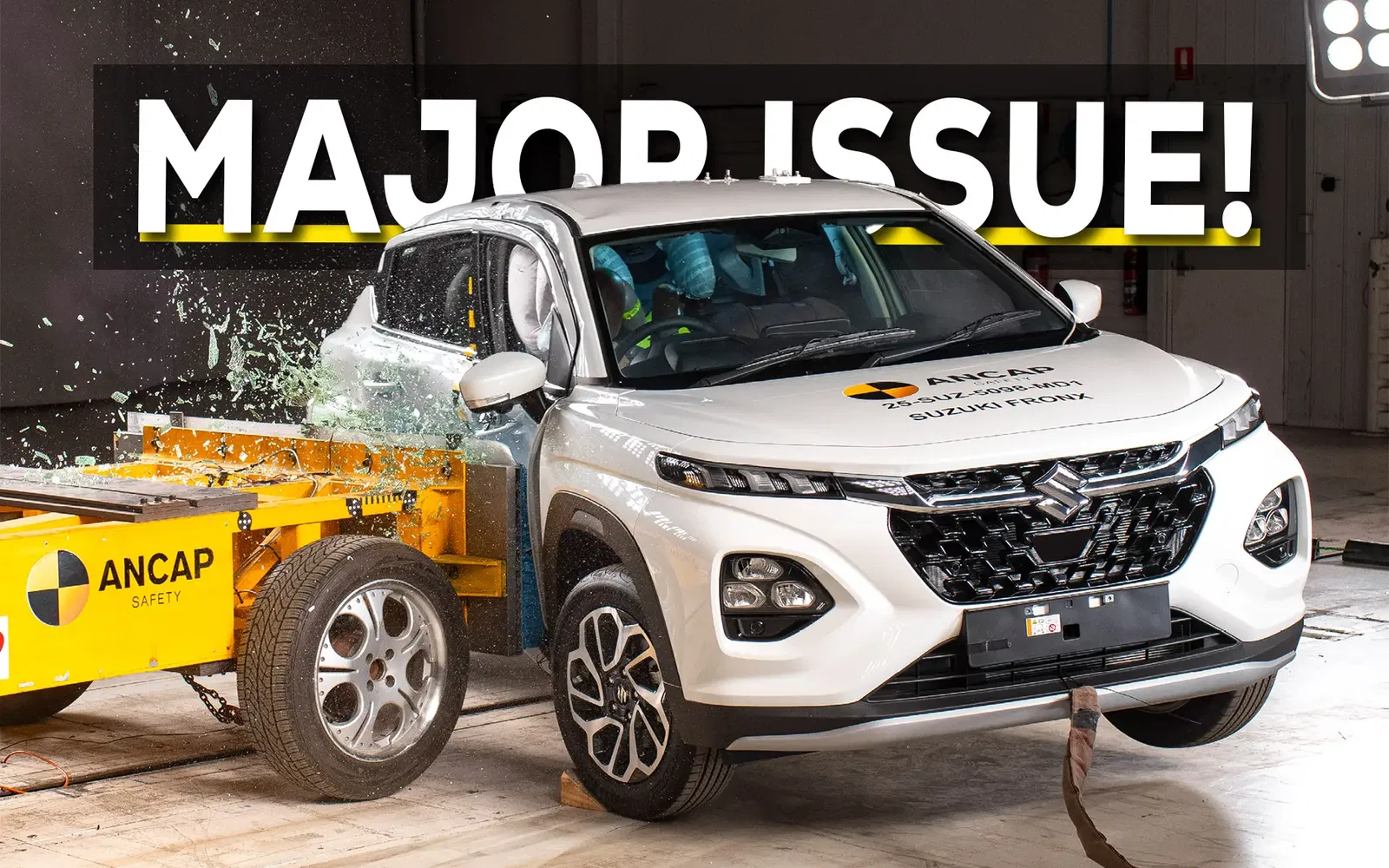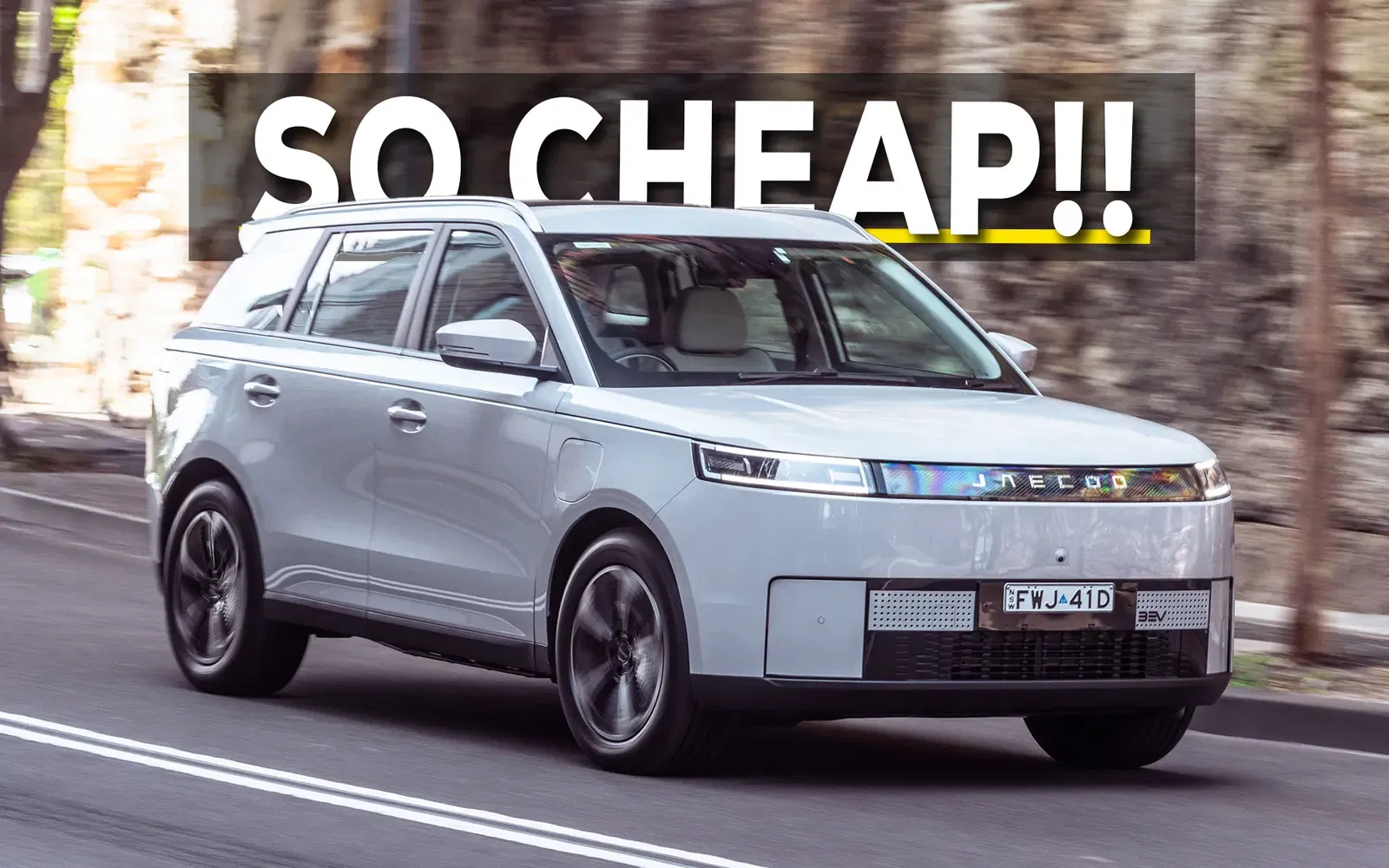Hyundai has introduced the IONIQ 9, a three-row electric SUV positioned as the flagship in its IONIQ lineup. The vehicle builds on Hyundai’s Electric-Global Modular Platform (E-GMP), which is shared with the IONIQ 5 and IONIQ 6. Designed to cater to families and those prioritising space, the IONIQ 9 offers a combination of claimed long-range capability, flexible interior configurations, and a host of new technologies.
The IONIQ 9 is scheduled for a global launch in 2025, with Australia expected to receive the model later in the year.

Pricing and Australian Availability
Hyundai has not yet announced local pricing for the IONIQ 9. It is expected to launch in Korea and the United States in the first half of 2025, with European and Australian markets following later in the year. It is expected that the IONIQ 9 will be priced slightly higher than the Kia EV9 which launched in February and starts at $97,000 before on-roads for the entry-level rear-wheel drive variant.

Powertrain and Performance
The IONIQ 9 offers three powertrain options, all based on the E-GMP platform. These configurations cater to varying needs, from efficiency-focused buyers to those prioritising performance:
- Long-Range RWD: Features a single 160kW motor delivering 350Nm of torque, with a WLTP-projected range of up to 620km on 19-inch wheels. Hyundai claims it can accelerate from 0-100km/h in 9.4 seconds.
- Long-Range AWD: Adds a 70kW front motor to the RWD setup, offering increased traction and a 0-100km/h time of 6.7 seconds. Range figures are expected to be slightly lower than the RWD model.
- Performance AWD: Utilises dual 160kW motors for a combined 700Nm of torque, with a 0-100km/h time of 5.2 seconds. The WLTP range drops to around 560km on 21-inch wheels.
The model supports 800V fast charging, which Hyundai states allows a 10-80% charge in 24 minutes with a 350kW charger. Additionally, the vehicle offers Vehicle-to-Load (V2L) functionality, enabling the battery to power external devices.

Interior and Practicality
The IONIQ 9’s cabin prioritises space and flexibility, with seating configurations for six or seven occupants. Hyundai has focused on making the interior versatile, but the extent to which these innovations will translate to real-world convenience remains to be seen.

The flat floor, enabled by the E-GMP platform, allows for features such as:
- Swiveling second-row seats, designed to enable face-to-face seating for second- and third-row passengers. This feature is only usable when stationary.
- Relaxation Seats with leg rests in the first and second rows, available in selected markets.
- A sliding Universal Island Console that provides additional storage and accessibility across rows.

Hyundai states that the IONIQ 9 offers up to 1,323 litres of cargo space with the third-row seats folded flat and up to 620 litres with all rows upright. An additional front trunk provides up to 88 litres of storage in RWD models and 52 litres in AWD versions.

Exterior Design and Aerodynamics
Hyundai has adopted an ‘Aerosthetic’ design language for the IONIQ 9, aiming to combine styling with aerodynamic efficiency. The vehicle’s design incorporates features such as a curved roofline, flush surfaces, and active air flaps, resulting in a drag coefficient of 0.259 (with digital side mirrors).

Lighting elements include Hyundai’s Parametric Pixel design, which is carried over from other IONIQ models. Wheel options range from 19 inches to 21 inches, with the largest wheels available on the Calligraphy trim.

At 5,060mm in length and with a wheelbase of 3,130mm, the IONIQ 9 is Hyundai’s largest SUV to date. It will be available in 16 exterior colours, including new shades like Celadon Gray Matte and Cosmic Blue Pearl.

The design is striking in person, and utilises aspects of Korean art and culture as inspiration for various design cues.
Technology and Connectivity
The IONIQ 9 incorporates a wide range of technologies. These include:
- A panoramic curved display combining a 12-inch driver cluster and a 12-inch infotainment screen.
- Hyundai’s AI-powered voice assistant, which can control in-car functions.
- Features on Demand (FoD), microtransactions allowing customers to purchase upgrades like lighting effects or streaming apps after purchase.
- 100W Fast Charging USB-C ports, which make use of the 800V battery architecture to provide ultra fast charging inside the cabin.

Safety Features
The IONIQ 9 features Hyundai’s latest Advanced Driver Assistance Systems (ADAS), which include:
- Forward Collision-Avoidance Assist 2 (FCA).
- Lane Keeping Assist (LKA).
- Blind-Spot Collision-Avoidance Assist (BCA).
- Rear Cross-Traffic Collision-Avoidance Assist (RCCA).
The inclusion of 10 airbags and third-row seatbelt pre-tensioners further supports Hyundai’s emphasis on safety.














FAQ
When will the Hyundai IONIQ 9 be available in Australia?
The IONIQ 9 is expected to launch locally in late 2025, following its debut in Korea and the United States earlier in the year.
What is the maximum range of the IONIQ 9?
The Long-Range RWD variant offers a WLTP-estimated range of up to 620km, though real-world results may vary.
Does the IONIQ 9 support fast charging?
Yes, Hyundai claims the IONIQ 9 can charge from 10-80% in 24 minutes using a 350kW charger.
How does the IONIQ 9 compare to its competitors?
While it offers impressive range and interior flexibility, its competitiveness will depend on pricing and how it performs against rivals like the Kia EV9 and Tesla Model X.
Sign up to our newsletter
Be the first to know when we drop new car reviews.
.avif)



